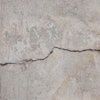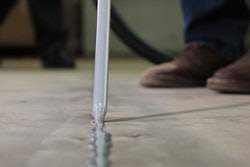
Recognized as an "iconic asset" to the New York City skyline, the Helmsley Building is located in midtown Manhattan. It was built as a Beaux-arts style building in 1929 and strategically staddles Park Ave. at 46th St with a direct connection to Grand Central Station. It was acquired in 2007 for $1,150,000,000.
That's $1 billion and 150 million USD.  Cintec America
Cintec America
After about 80 years (in 2009), the building had begun to show cracking in the east and south-facing Terra-Cotta columns. Large pieces of stone had begun to shed away. The building owners/management received a quotes for more than $16 million for the replacement cost of these Terra-cotta brackets. However, by employing a repair method with Cintec North America, the owner was able to save more than $15 million.
Using the Cintec Anchoring System, repairs cost just over $1 million.
Thornton Tomasetti Engineering Corporation contacted Cintec to help find a solution to the issue and formulated a plan. Through exploratory probes and a borescope, engineers assessed that the structure behind the staked brick columns was sound. It was decided that all that would be needed would be to attach the Cintec Anchoring System to the backup and tie it to front face of stone. This not only strengthened the attachment to face but created additional points of contact in the stone face brackets.
Working with general contractor United Restoration Services of NY, the specialist masonry contractor Arteco Design Corp. were hired as driller and installer to drill oversized holes through the face of the stone and recessed the anchor 1 in. from face of stone to accommodate a finish patch, thus creating an invisible repair. The ability to tie the face of the original Terra-cotta panels to the backup wall saved the integrity of the landmark building.
By affecting, this repair method as opposed to fiberglass replacement and demolishing landmark terracotta brackets and columns, not only was the owner able to save repair costs but the repair ended up taking less than a quarter of the time needed to replace brackets.




















